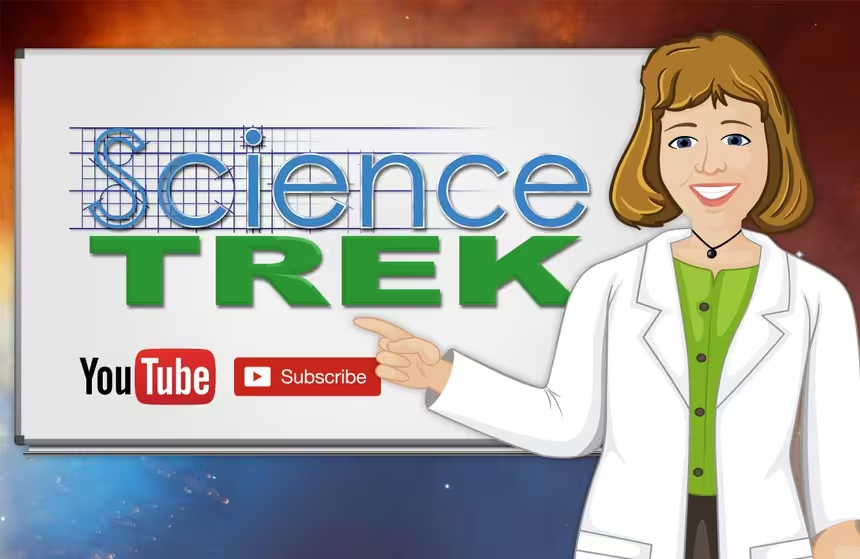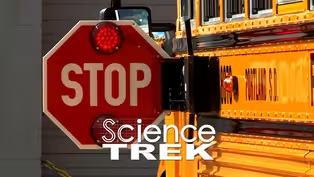
Light and Color: More Than What We See
Clip: Special | 1m 4sVideo has Closed Captions
What is the electromagnetic spectrum?
Light is more than what we see. The Sun sends out a number of waves of light in different wavelengths. Find out about wavelengths and the electromagnetic spectrum.
Problems playing video? | Closed Captioning Feedback
Problems playing video? | Closed Captioning Feedback
Science Trek is a local public television program presented by IdahoPTV
Major Funding by the Laura Moore Cunningham Foundation and the Idaho National Laboratory. Additional Funding by the Friends of Idaho Public Television and the Corporation for Public Broadcasting.

Light and Color: More Than What We See
Clip: Special | 1m 4sVideo has Closed Captions
Light is more than what we see. The Sun sends out a number of waves of light in different wavelengths. Find out about wavelengths and the electromagnetic spectrum.
Problems playing video? | Closed Captioning Feedback
How to Watch Science Trek
Science Trek is available to stream on pbs.org and the free PBS App, available on iPhone, Apple TV, Android TV, Android smartphones, Amazon Fire TV, Amazon Fire Tablet, Roku, Samsung Smart TV, and Vizio.

Science Trek
Science Trek is a place where parents, kids, and educators can watch short, educational videos on a variety of science topics. Every Monday Science Trek releases a new video that introduces children to math, science, technology, engineering, and math (STEM) career potentials in a fun, informative way.(Science Trek music) JOAN CARTAN-HANSEN, HOST: Light is more than what we see.
Scientists describe light as a spectrum, based on the length of the light wave.
Like ocean waves move up and down, so does light as it travels through space.
And like ocean waves, not every light wave is the same length from peak to peak.
The electromagnetic spectrum is made up of all these different lengths of light waves.
At one end are radio waves.
They are the longest.
Next are microwaves.
You may have a microwave oven.
It uses microwaves of light energy to cook food.
After that are infrared light waves.
Your television remote uses an infrared light to control the set.
Now, in the middle of the electromagnetic spectrum is visible light.that's the light we see with our eyes.
After that is ultraviolet light.
This light can give us a sunburn.
Next are x-rays.
We use these to take pictures of our bones.
And the shortest light waves are gamma rays.
By understanding the electromagnetic spectrum, scientist can use it to explore the universe.
For more information about light and color, check out the Science Trek website.
You'll find it at science trek dot org.
Light and Color: Color Your Behavior
Video has Closed Captions
Clip: Special | 1m 4s | When can babies first see color? (1m 4s)
Providing Support for PBS.org
Learn Moreabout PBS online sponsorship
- Science and Nature

Capturing the splendor of the natural world, from the African plains to the Antarctic ice.

- Science and Nature

Explore scientific discoveries on television's most acclaimed science documentary series.












Support for PBS provided by:
Science Trek is a local public television program presented by IdahoPTV
Major Funding by the Laura Moore Cunningham Foundation and the Idaho National Laboratory. Additional Funding by the Friends of Idaho Public Television and the Corporation for Public Broadcasting.
